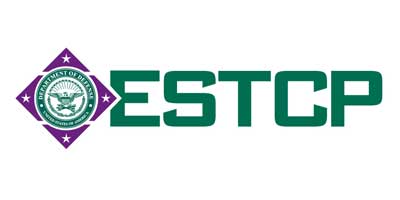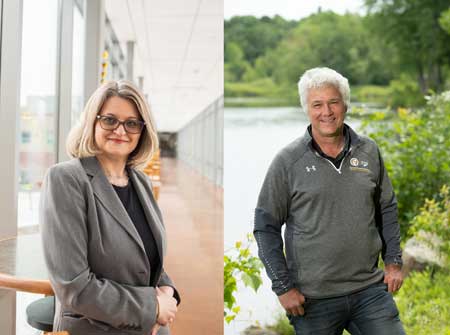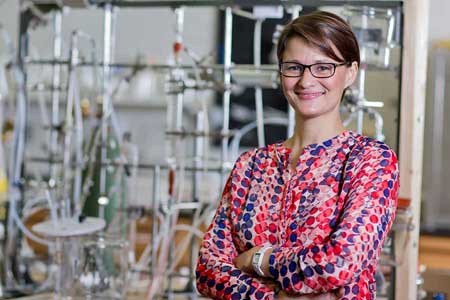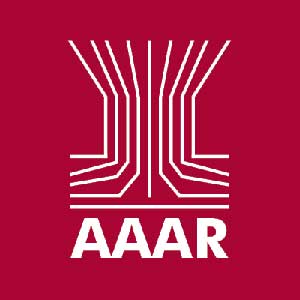Coulter School of Engineering Newsletter: January 2024
Message From the Dean
Major government support for our research on cleansing the environment of contaminants – like PFAS in soil, phosphate in our watersheds and organohalogens in our waste streams – tops our Coulter School of Engineering Newsletter this month. You'll also find an interesting article on respiratory emissions by children, as well as accomplishments by our students and our celebration of 50 years of the Society of Women Engineers here at Clarkson. Please enjoy reading about the achievements of our students and faculty.
— Bill Jemison, Dean of the Wallace H. Coulter School of Engineering / Tony Collins Professor of Innovative Engineering Culture
DoD Supports PFAS Treatment

A Clarkson team has been awarded a $1.2 million Department of Defense grant to scale up an integrated treatment system to destroy PFAS in sediments. The system includes mechanochemical ball milling, which destroys PFAS in soils and sediments, followed by soil washing and plasma treatment.
Read More About This Grant
Phosphate Removal Tech

Two Clarkson professors have been awarded $749,000 by the Department of Agriculture to develop a filtration system to capture and recover phosphate from tile drainage and reduce the phosphate burden on watersheds. This sorbent and field-ready system will decrease environmental impact and provide a renewable phosphate supply, improving the sustainability of agricultural practices.
Read More About This Award
Dehalogenating Waste Streams

Prof. Selma Mededovic Thagard has been awarded a $422,000 National Science Foundation grant for her research on the dehalogenation of waste streams using electrical discharge plasma. Dehalogenation of waste streams is at the forefront of the major engineering challenges facing society, with more than 10,000 organohalogens impacting the environment.
Read More About This NSF Grant
Children's Respiratory Particle Emissions

An article by a Clarkson research team, recently published in the journal Aerosol Science and Technology, explains their findings that age influences the size and quantity of respiratory particle emissions in humans during activities, with children releasing fewer and smaller particles than adults. Thus, incorporating age demographics into disease transmission models may improve their accuracy.
Read About This Article
